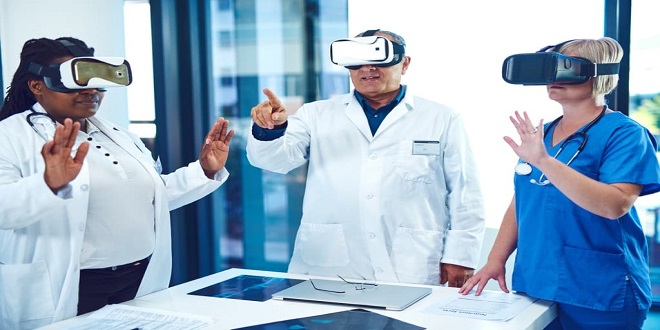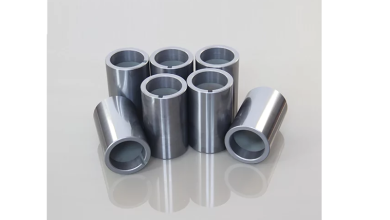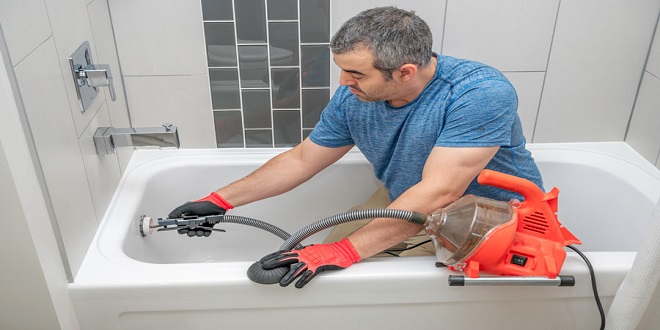
The speed at that media technology has evolved over the course of my life is astonishing.
My parents used to listen to the radio. When I was just six years old, we had television. Following that, we got stereo sound. Then came cassettes, and CDs. Computers. DVDs. The Internet. Smartphones.
Now: Virtual Reality!
While the use of medical technology using media has exploded beyond entertainment and information using immersive experiences to enhance patient experience is only getting started to be studied.
What Is an Immersive Patient Experience?
Immersive experiences make use of the entire spectrum of our auditory and visual senses. Like the name suggests, you’re completely immersed into an alternate world where you can pivot around as well as look both ways, and look like you’re in the middle of it, and have all-round views around the planet.
Virtual reality is a way to take patients off their minds from the hospital bed.
The author of the book Theory of Restorative Environments, Roger Ulrich points to the sensation that comes from “being away,” allowing one to return to the current state, fresher, more awake.
Positive distractions are used to ease anxiety or fear and pain originates from in the time of Dr. Ronald Melzak’s Gate Control Theory of pain in the year 1965. Positive distractions — be it music, art or even nature are frequently employed to ease the stress that families and patients feel during a health crisis.
VR Can Help Relieve Pain
Studies have shown how immersive tech, like virtual reality, can calm and distract patients, decreasing the feeling of pain. VR is believed to be efficient in relieving pain, regardless of the type of pain it may be.
In a study pilot conducted in collaboration with Cedars-Sinai Medical Center, Los Angeles in conjunction with Samsung Adult patients reported an increase of 24 percent in pain scores when they used VR goggles to view soothing video. The initial research conducted with children found that engaging in video games offered such a powerful distraction that their pain decreased dramatically.
The team of researchers under the supervision under the direction of Dr. Walter Meyer at Shriners Hospital for Children in Galveston, Tex., believes that when children’s focus is focused on an immersive and 3D world, they pay less attention capable of processing pain signals. In the end, children who have suffered burns that are severe can experience as much as 35-40 percent less discomfort and pain in their daily baths and dressing modifications.
Another benefit of virtual reality is the reduction in anxiety levels experienced by patients prior to and during wound treatment sessions. Virtual reality could also help improve patient interaction with the nurse who is caring for wounds when it comes to wound debridement.
C.A.R.E. VRx Reaches Further Into the Healing Experience
With more attention and studies being conducted to decrease using opioids making use of immersive technology is an exciting development for both patients and caregivers.
It is therefore a natural progression for the C.A.R.E. Channel to further penetrate the healing process with C.A.R.E. VRx. Based on the same guidelines that were developed by The C.A.R.E. Channel, we’ve created an immersive 360-degree experience that lets users connect and interact with our natural surroundings.
Amazing natural landscapes are coupled with a soundscape that is visible from all directions since it is processed and processed in a manner that is akin to what a person hears. The video is recorded from one point of view and also replicates the posture of an individual patient.
C.A.R.E. VRx has a dynamic interface and puts the patient completely in control. Utilizing eye-tracking technology the patient can move through the same environment simply by focusing on one location. Find out more about the process on the C.A.R.E. VRx page.
Many hospitals are serving as testing locations for C.A.R.E. VRx. The product will be launched officially in the second quarter of 2018. In early 2018, two of the most prestigious medical centers will start using C.A.R.E. VRx for research studies that focus on reducing pain and the prescription of opioids by making use of virtual technology.
It’s not easy to determine what the next big disruptive technology in media will be. However, for the moment the use for VR within healthcare offers many possibilities for improvement and even transforms the experience of patients. We’re only beginning to learn what these possibilities are.
Making an informed decision is crucial when considering Vidmate old version. Benefits include familiarity and stability. Drawbacks may involve security risks and lack of updates. Evaluate your needs carefully before choosing. Ensure compatibility with your device and consider potential risks. Ultimately, the decision rests on your priorities. Balance the advantages and disadvantages to make the best choice.
Last thought
P.S. If you enjoy this article I would appreciate it if you could help me out and post it on LinkedIn, Twitter, Facebook and more. To receive automatic notifications each time a new post is published, please sign up. Absolutely no spam. Just great content. Thanks!
Read More: DailyNewsArea





